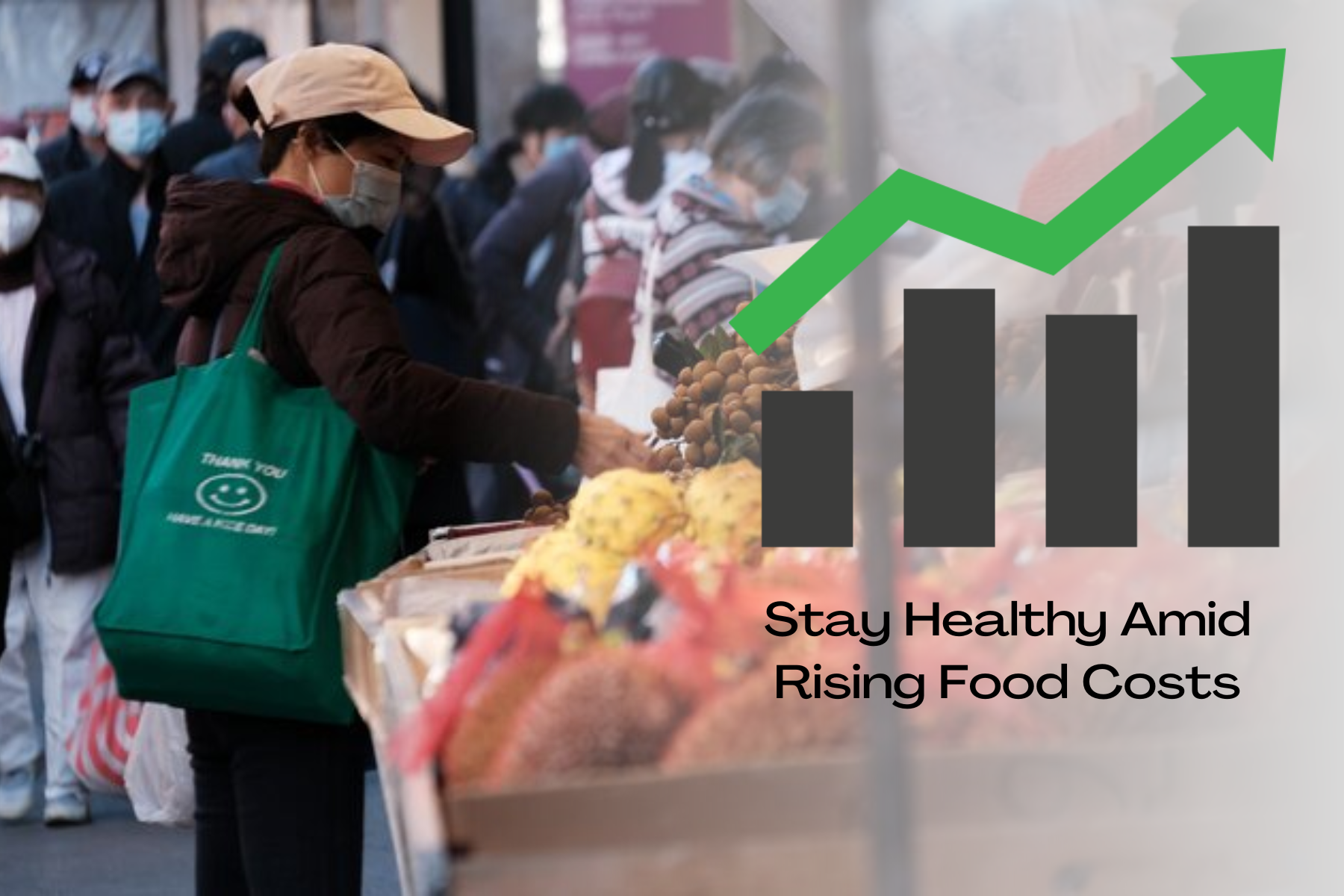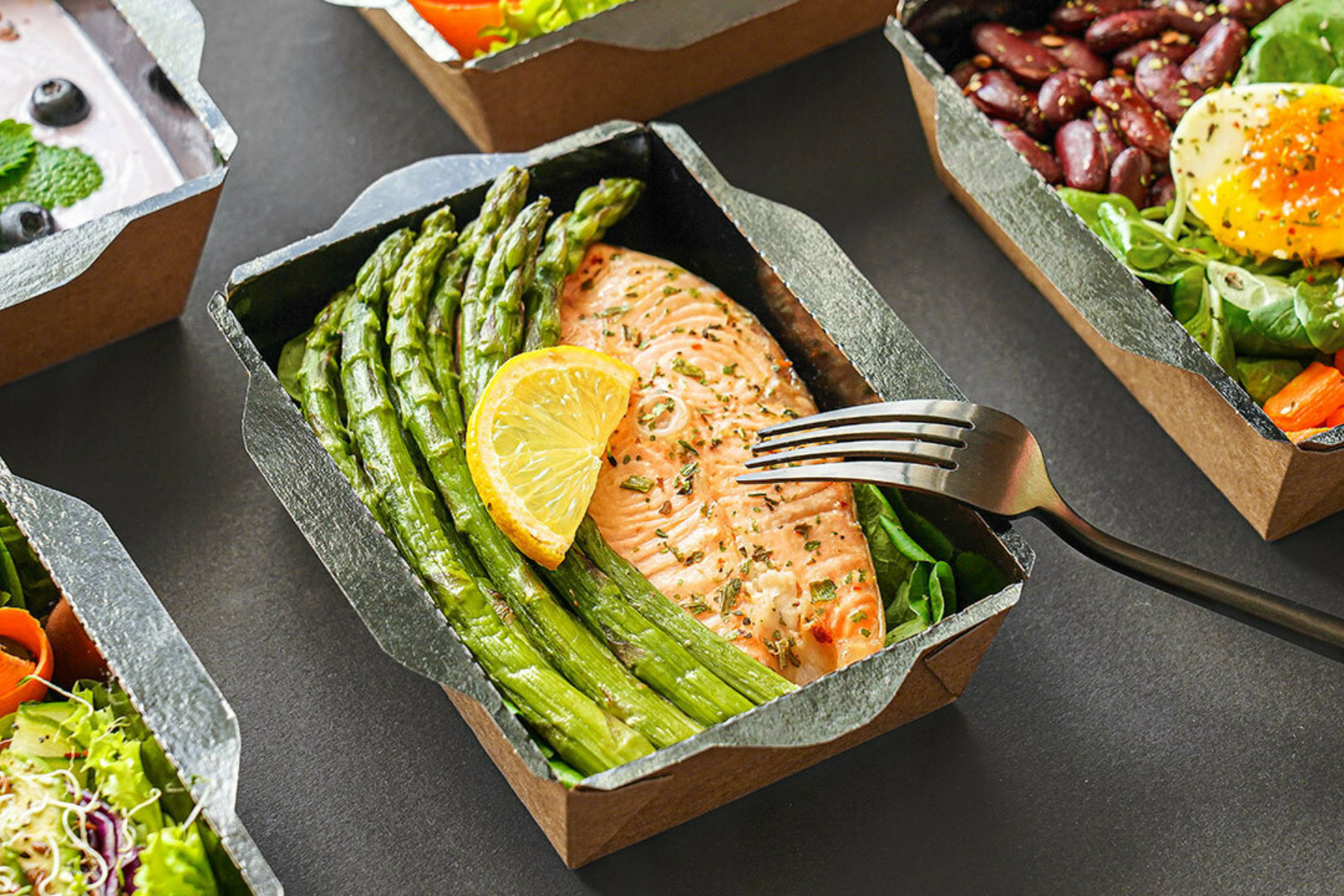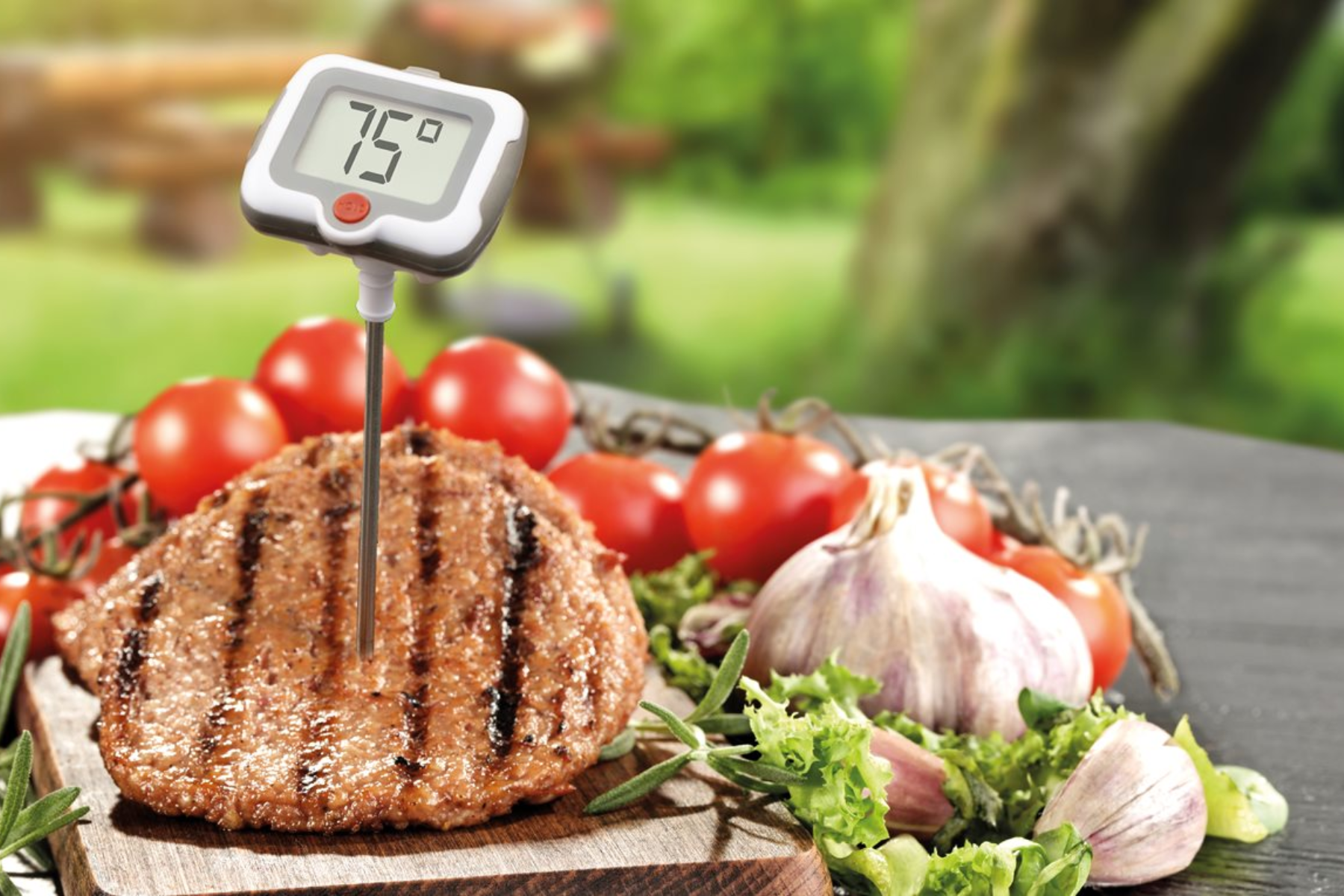Stay Healthy Amid Rising Food Costs - Keys To Practical Buying And A Healthy Living
COVID pandemic, natural disasters, poverty, severe food crisis, you name it! These challenges are making people's lives miserable. Despite the hard work we do, we are always having challenges in life. And now, food costs are rising! Another new challenge for us people. In this time, how can we stay healthy amid rising food costs?
Author:James PierceReviewer:Paolo ReynaAug 17, 202232 Shares1K Views

COVID pandemic, natural disasters, poverty, severe food crisis, you name it!
These challenges are making people's lives miserable.
Despite the hard work we do, we are always having challenges in life.
Almost since the beginning of history, man has been engaged in a never-ending battle to maintain his health.
In spite of this, the fight against sickness, disease, and malnutrition has been a "lost struggle".
Even all the progress that has been made in science and medicine, there are still people who go ill and die.
And now, food costs are rising! Another new challenge for us people.
In this time, how can we stay healthy amid rising food costs?
Why Should We Stay Healthy Nowadays?
Maintaining your health (especially in hard times like rising food costs) is one of the best ways to reduce your risk of developing chronic conditions like cancer and heart disease.
You will live longer if you eat healthily and exercise consistently, you will have more energy to spend on the day-to-day activities of your life, and you will spend less moneyif you do so!
These are just some of the primary advantages of adopting a healthy diet and exercise routine.
Impacts Of Rising Food Prices
Rising food prices, in combination with other shocks like drought, floods, and economic collapse, can have a large impact on food and nutrition security.
This is because these factors push the most vulnerable households so far into poverty and weaken their ability to acquire appropriate food supplies.
But what if you can't afford healthy living because of the food rising cost crisis? What things you should consider to stay healthy?
Here's How To Do It - Practicality But These Will Keep You Healthy
Shop Healthy Foods With A Plan
If you start wandering through the supermarket and throw anything that catches your attention into your shopping basket, you will spend more money than if you had planned a shopping list in advance and stuck to it.
Create a menu for the week's worth of meals, including fruits and vegetables, and take a particular note of the ingredients that each dish will require to be prepared.
Once the list is prepared, you should only buy things that are on the list and keep away from making any unplanned buying.
Make sure to prioritize healthy foods, the fact that it is not that pricey, they can also give you nutrients that will support your health.
Avoid Consuming Any Prepared Foods
Convenience is valued in our fast-paced world, and as a result, the grocery store has adapted to benefit from this trend.
However, despite their convenience, ready-made meals tend to come with a high price tag.
Rather than adding a rotisserie chicken and macaroni salad to your shopping cart, consider purchasing the necessary components and preparing the meal on your own.
The same idea applies to frozen meals, baked products, and any other kind of prepared food you can think of.
In this time of pandemic and food prices continuously rising, you have to think of a food that will bring benefit to your body, will make you healthier, and of course, will make you spend less.
After you consider what to buy, do these next:
Prepare Food Safely
Why? It is possible for harmful microorganisms that are present in contaminated food and water to enter your body and cause illness.
Health experts recommend:
- Wash your hands completely with both soap and water before beginning to make food. At least twenty seconds should be spent rubbing your hands together.
- Scrub the palms of your hands along with the spaces between your fingers, as well as the areas under your fingernails. Please wash your hands well and pat them dry.
- Wash anything that comes into contact with food, including cutting boards, plates, and hands, with some dish soap and water.
- It is best to avoid placing food that will be cooked on one board and food that will not be cooked on another board to avoid contamination.
Make Sure That Any Food That Needs To Be Cooked Is Cooked Properly
Why? If the food is heated to a high enough temperature, then the potentially harmful microbes will be eliminated.
Health experts recommend:
- Prepare food till it reaches a very high temperature. Food, especially the most tender parts of meat, must be cooked to a temperature level of 70 degrees Celsius (160°F) for at least 30 seconds.
- Bring to a boil any soups or stews that you are making.
- Reheat food that has already been cooked until it is boiling hot and steaming before eating it.
Maintain Food At Safe Temperatures
Why? If food is stored at temperatures ranging from 5 to 60 degrees Celsius (40–140°F) for just 20 minutes, the number of bacteria in it can double.
Furthermore, some bacteria can produce toxins that are not destroyed by cooking if raw meat is not stored at safe temperatures.
Health experts recommend:
- To slow or stop germs from multiplying, keep food hot or cold, not lukewarm.
- Never leave food at room temperature for more than two hours, or for more than one hour if the temperature is above 32 degrees Celsius (90°F).
- After cooking, keep the food warm until just before serving.
Three Steps To Healthy Eating
- Every day, eat a variety of fruits and vegetables.
- Consume only small amounts of fats and oils.
- Limit your salt and sugar intake.
And these three practical steps will also help you to spend less!

The Science of Healthy Eating
Did You Know?
It takes more than 10 billion bacteria to make one liter (one-quarter of a gallon) of water seem cloudy, but as few as 15 to 20 harmful bacteria are all it takes to make you sick.
Prepare, serve, and store your beverages and food within the temperatures and time restrictions recommended by the manufacturer.
This will guarantee that they are safe to eat.
People Also Ask
Why Are Food Prices So High 2022
The increases are a result of supply constraints driven by difficult-to-predict factors such as high energy prices, geopolitics, and weather; however, analysts with Morgan Stanley Research are forecasting that food prices will peak in 2022 and start falling in 2023.
The increases are a result of supply constraints driven by difficult-to-predict variables such as high energy prices.
How Do You Deal With Rising Prices?

4 Ways to Practically Deal with Rising Costs + Inflation
- Don't Forget Meal Planning.
- Stick to Your Grocery List.
- Compare Prices.
- Keep a Price Book.
- Shop Discount Stores.
- Use Coupons.
- Use Rebate Apps.
- Use a Store Loyalty Card.
Will Food Prices Go Back Down?
In an interview with CNBC, Preston Caldwell, the head of U.S. economics for Morningstar, hinted that the Personal Consumption Expenses Price Index (PCE), the same broad inflation measure used by the Fed will be around 5.2% this year before dropping to around 1.5% between 2023 and 2025.
Caldwell is the head of Morningstar's economics division in the United States.
Conclusion
It is of the greatest priority that you pay attention to your health at this time of crisis like the increase in food prices.
Not only will this make you a more optimistic person, but it will also make you strong, which will enable you to fight sicknesses, and at the same time, this will save you more money.

James Pierce
Author

Paolo Reyna
Reviewer
Latest Articles
Popular Articles





